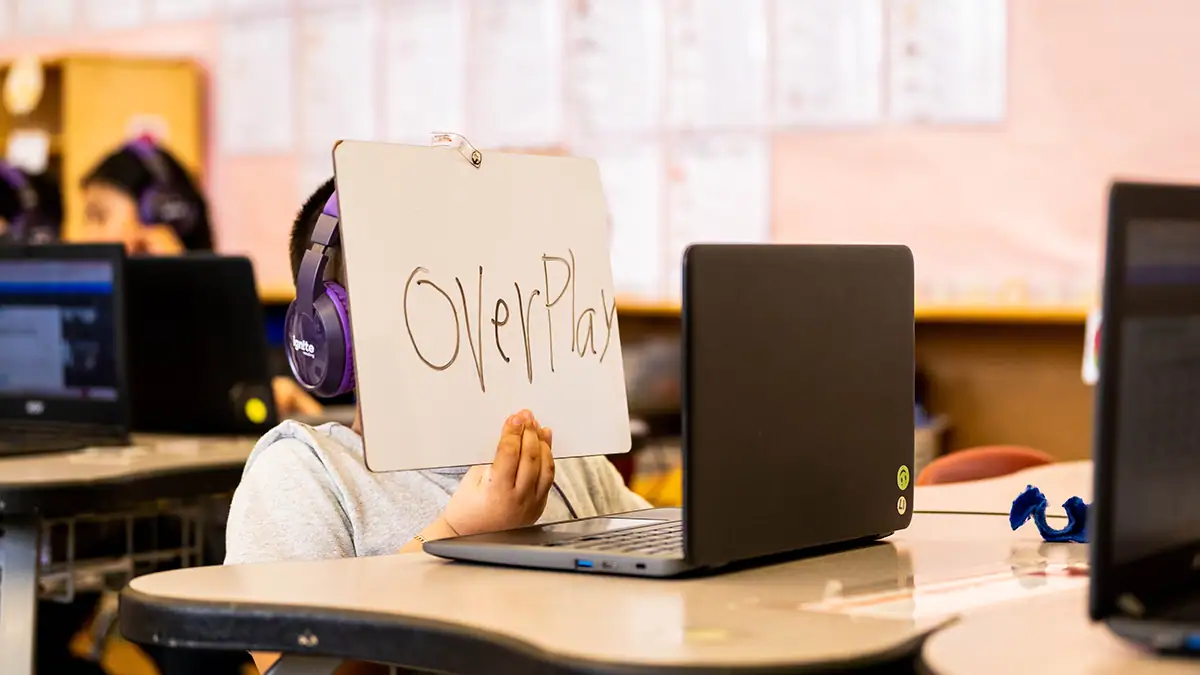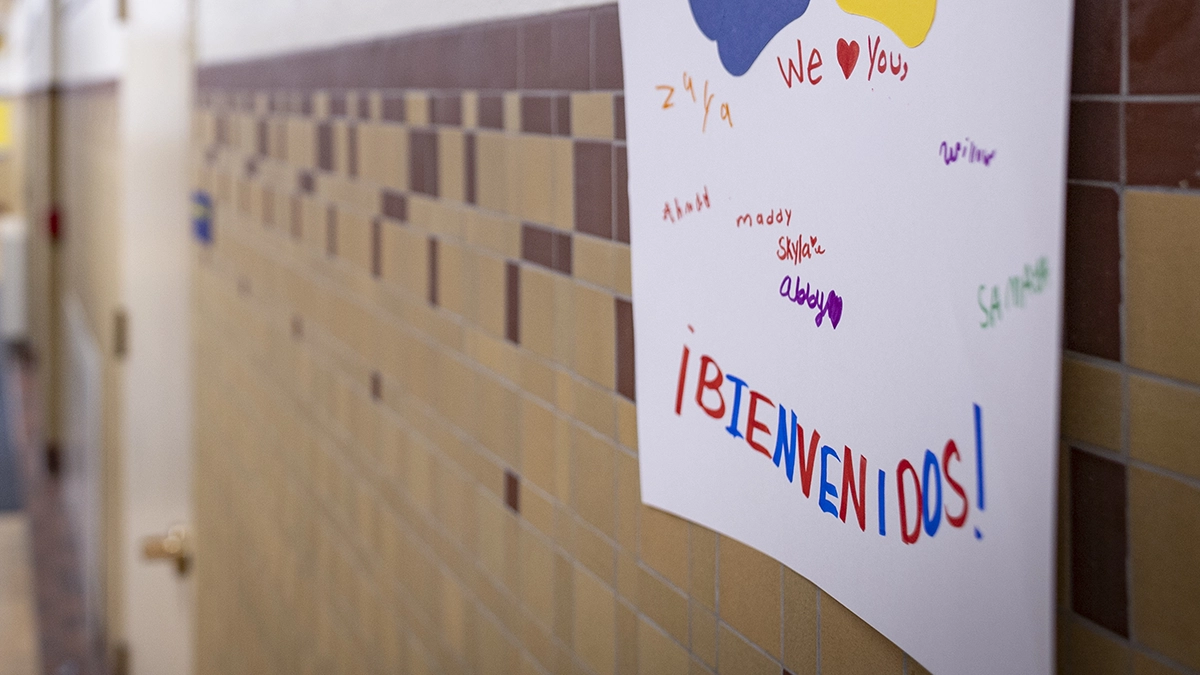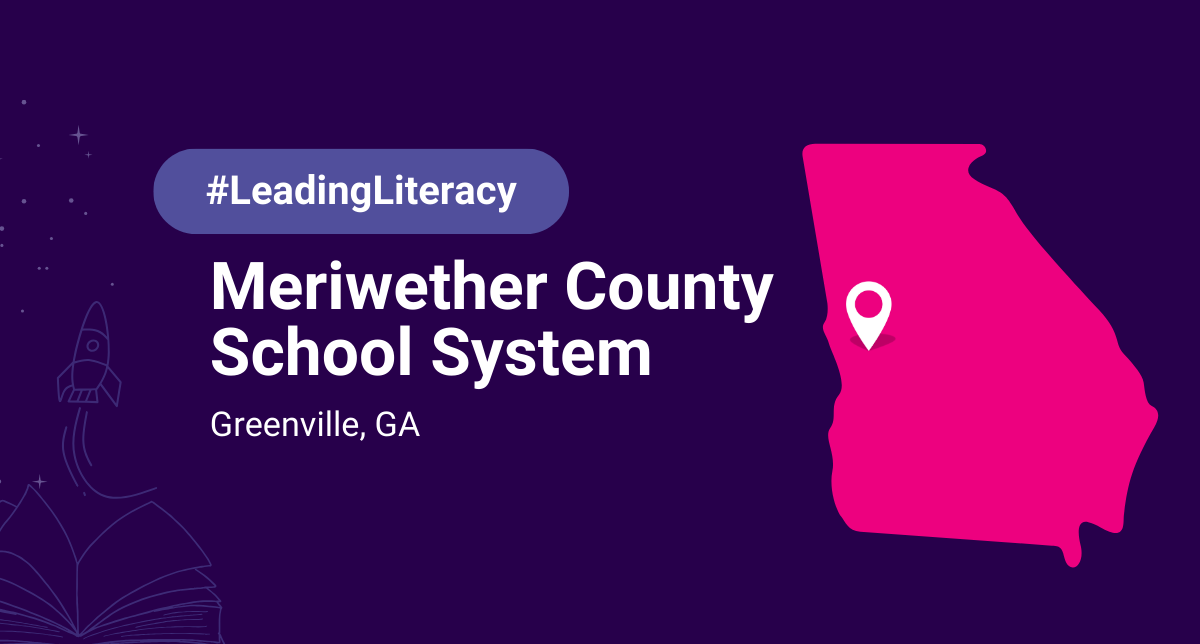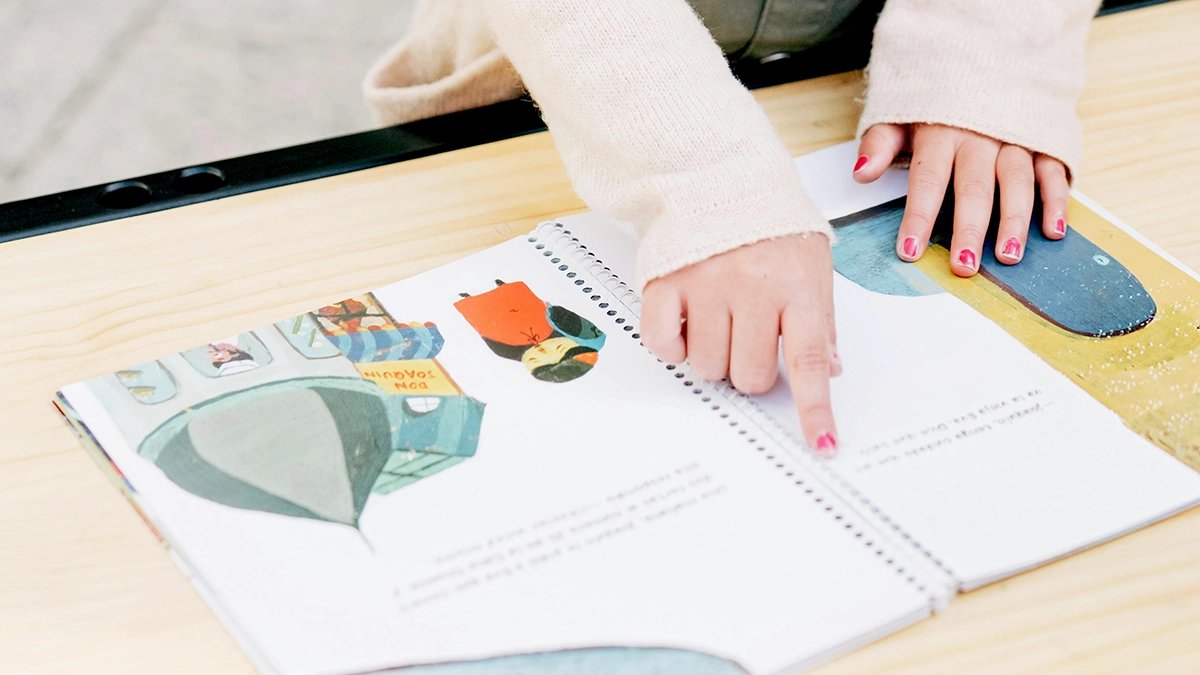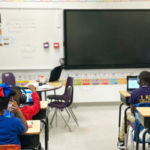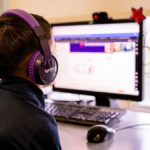If you don’t remember hearing the words “high-dosage tutoring” much — if at all — before 2020, you’re right.
Although the intervention dates back several decades, it didn’t truly take hold in public school districts until 2022 when then US Secretary of Education Michael Cardona issued a challenge, calling on American school districts to provide 90 hours of targeted, intensive tutoring each week to students who’d fallen behind during the pandemic.
Fast forward to 2025, and 85 percent of American public schools provide some sort of tutoring to students. About two in five schools (42 percent) offer high-dosage tutoring specifically.
What have we learned since high-dosage tutoring began rolling out at scale? How effective is this model for supplemental instruction? And how do we define high-dosage tutoring, anyway?
Whether you’re in a state like Ohio or Louisiana, where high-dosage tutoring is now state-mandated for certain students, or your district is investigating high-dosage tutoring as a solution to help your students succeed, you have the advantage of learning from the administrators, neuroscientists, economic policy experts, and more who have studied its impact in recent years.
Here’s what they — and leaders in school districts that have found success with high-dosage tutoring — have to say.
What Is High-Dosage Tutoring? A Definition
Though the high-dosage tutoring definitions used in educational circles vary, all make clear this model is markedly different from, say, a peer-tutoring program in which students get help from other students or even test prep tutoring programs where teachers provide instruction.
One of the most widely accepted definitions was created in 2021 by a group of education policy experts from the University of Virginia, the Annenberg Institute at Brown University, and Susanna Loeb, a Stanford University professor and director of the National Student Support Accelerator (NSSA), a program of the SCALE Initiative at Stanford.
Together, they drafted a short list of design principles they say are necessary in order to create a hiqh-quality high-dosage tutoring program. Those principles, and the experts’ descriptions of each, are as follows:
| High-Dosage Tutoring Principles | Principle Description |
|---|---|
| Frequency | Tutoring is most likely to be effective when delivered in high doses through tutoring programs with three or more sessions per week or intensive, week-long “vacation academy” small-group programs taught by talented teachers. |
| Group Size | utors can effectively instruct up to three or four students at a time. However, moving beyond this number can quickly become small group instruction, which is less personalized and requires a higher degree of skill to do well. One-on-one tutoring is optimal if possible. |
| Personnel | Because the skills required for tutoring are different from the skills required for effective classroom teaching, a wide variety of tutors (including volunteers and college students) can successfully improve student outcomes, if they receive adequate training and ongoing support. |
| Focus | Researchers have found tutoring to be effective at all grade levels— even for high school students who have fallen quite far behind. The evidence is strongest, with the most research available, for reading-focused tutoring for students in early grades (particularly grades K-2) and for math-focused tutoring for older students. |
| Measurement | Tutoring programs that support data use and ongoing informal assessments allow tutors to more effectively tailor their instruction for individual students. |
| Relationships | Ensuring students have a consistent tutor over time may facilitate positive tutor-student relationships and a stronger understanding of students’ learning needs. |
| Curriculum | Using high-quality instructional materials that are aligned with classroom content allows tutors to reinforce and support teachers’ classroom instruction. |
| Scheduling | Tutoring interventions that are conducted during the school day tend to result in greater learning gains than those that are after school or during the summer. |
| Delivery Model | Most research has focused on in-person tutoring, but there is emerging evidence that tutoring can be effective when delivered virtually. |
| Prioritization | Framing of tutoring programs matters when prioritizing students to participate. Programs that target lower-performing students can support those students who most need personalized instruction but have the potential to create a negative stigma where tutoring is perceived as a punishment. Programs that target all students in a lower-performing grade level or school benefit from broader organizational commitment and the perception that tutoring is for everyone (but are more costly). |
The NSSA also specifies that other personalized instruction models — such as pull-out services or in-class small group instruction by a second teacher — do not qualify as high-dosage tutoring.
If you plan to apply for state funding to cover all or even just some of your students’ tutoring service costs, it’s important to examine your state department of education’s criteria, which often require one or more of these principles to be true. For example:
- Arkansas — The Arkansas LEARNS Act requires high-dosage tutoring be offered during the school day to qualify for funding.
- Louisiana — Accelerate HDT, the Louisiana high-dosage tutoring program, calls for most sessions to last 30 minutes, but shorter instruction times are allowed where developmentally appropriate.
- Ohio — In order to be considered a high-quality tutoring vendor in Ohio, sessions must be “embedded in the school day or immediately after,” and the program must include “coordination with classroom teachers.”
- New Jersey — A definition of high-dosage tutoring outlined as part of the Garden State’s High-Impact Tutoring Grant program calls for “three or more sessions per week.”
- Virginia — Among other requirements, Virginia mandates high-dosage tutoring be delivered “five days per week over a sustained period” under its All in Tutoring program.
What School Leaders Say About High-Dosage Tutoring’s Effectiveness
More than two and a half years after the federal call to ramp up tutoring, nearly 40 percent of America’s public school districts report they now provide high-dosage tutoring to students, and the need is growing.
In a National Center for Education Statistics’ School Pulse Panel survey conducted in May 2024, 33 percent of school leaders said the number of students who needed this intensive tutoring had increased from the previous school year.
What do the leaders putting high-dosage tutoring to work in their schools and districts think? Is high-dosage tutoring effective?
The answer is a resounding yes — 99 percent of schools providing this type of tutoring to students during the 2023-24 school year dubbed it effective, with 52 percent going so far as to say high-dosage tutoring was “extremely” or “very” effective at boosting student outcomes.
In a national poll of K-12 educators, school leader approval for high-dosage tutoring outweighed all other types of tutoring by a margin of nearly 2:1.

On the Ground Examples
Meanwhile, encouraging data continues to flow in from districts that have implemented a high-dosage model in the wake of the pandemic.
State education officials in Connecticut, for example, have touted both improved math scores and an increase in student confidence in the wake of a year-long high-dosage math tutoring program.
Reporting on his state’s “high-intensity” tutoring program in August 2024, Virginia Governor Glenn Youngkin reported “real progress” thanks to his administration’s ALL In Virginia initiative.
Ignite Reading was designated as the literacy tutoring provider for the commonwealth’s initiative, and Virginia Department of Education officials released data showing students in the program made large leaps in reading growth. According to the department’s data, students who received tutoring from Ignite Reading saw a 56% increase in passage rates in reading compared to students without intervention.
In the nation’s capital, meanwhile, Washington D.C. Mayor Muriel Bowser has doubled down on efforts to keep her city’s high-dosage tutoring program thanks to improved reading and math scores.
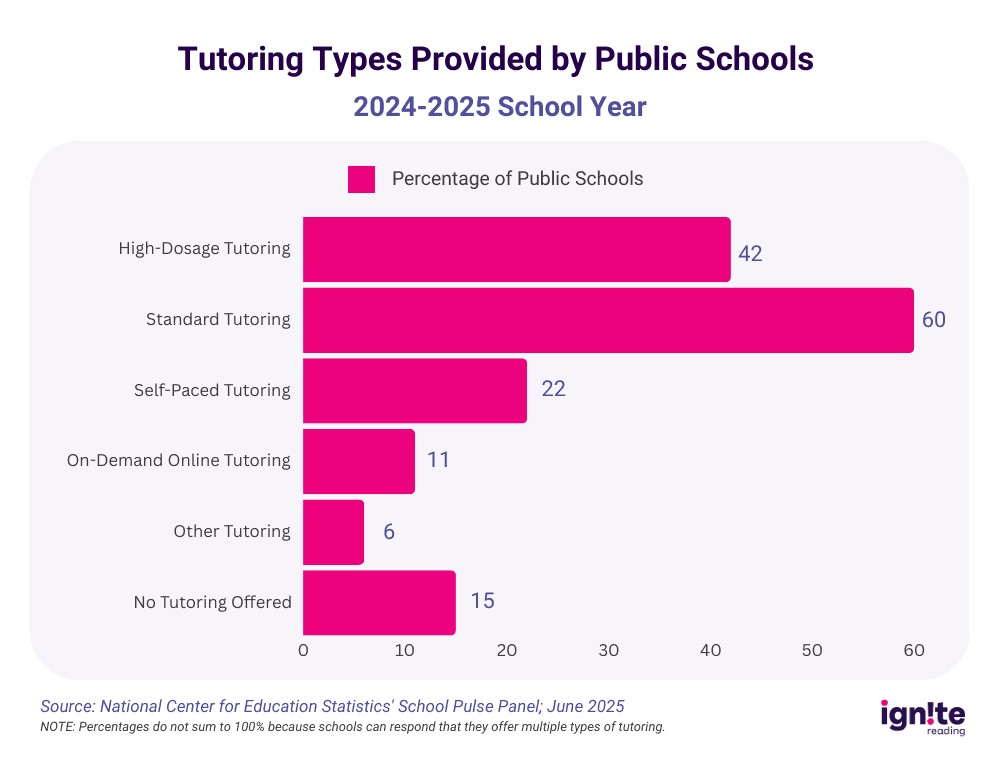
What the High-Dosage Tutoring Research Says
State and school leaders aren’t alone in their support for this tutoring model. High-dosage tutoring research details decades of success — from a 1984 small-group tutoring program meant to help upper elementary students with their social skills to a volunteer-based model implemented in the early 2000s to help 1st graders boost reading scores in Florida.
High-Dosage Reading Tutoring Research
Researchers from Harvard, Johns Hopkins, Stanford, the National Bureau of Economic Research and more have spent extensive amounts of time over the years evaluating whether high-dosage tutoring can be used by schools to help students become fluent readers.
Take a look at their findings:
- High-impact tutoring is one of the few school-based interventions with “demonstrated large positive effects on both math and reading.”
- The high-dosage tutoring model is as much as 15 times more effective at improving students’ reading skills than standard tutoring models.
- Because younger students have shorter attention spans than their older peers, “short bursts” of high-dosage tutoring — like the 15-minute sessions offered by Ignite Reading — can be extremely effective.
- Phonics taught via one-to-one tutoring yields effects that last into the upper elementary grades.
- High-dosage tutoring can be more beneficial for students reading below grade level than other intervention methods such as small group tutorials, classroom instructional process approaches, and computer-assisted instruction.
- Johns Hopkins researchers found one-to-one high-dosage tutoring is more effective than other reading interventions, including computer-driven tutorials and small group interventions.
High-Dosage Math Tutoring Research
- There’s also extensive research that’s focused on the impact this highly targeted, intensive method of tutoring can have on students’ growth in math.
- High-impact tutoring has been found to be 20 times more effective than standard tutoring models for math.
- A National Bureau of Economic Research analysis of more than 100 studies determined math tutoring is more effective for students in 2nd through 5th grade than it is for younger students.
- A 2021 study found high school students can learn two to three times as much math as their peers from a daily dose of tutoring at school.
- Researchers at the University of Chicago found high-dosage tutoring is successfully reversing pandemic-related learning loss in math.
Virtual Tutoring vs. In-Person Tutoring
Should high dosage tutoring be conducted in person or virtually? It’s a question that’s fueled heated debate in education, particularly since the pandemic began.
Can human tutors meeting with students on a screen and teaching them to read be as effective as they would be if they were meeting with students for face-to-face sessions?
According to researchers from Center for Research and Reform in Education at Johns Hopkins University’s School of Education, the answer is yes.
Virtual tutoring can be almost as effective as in-person tutoring … when it’s done right.
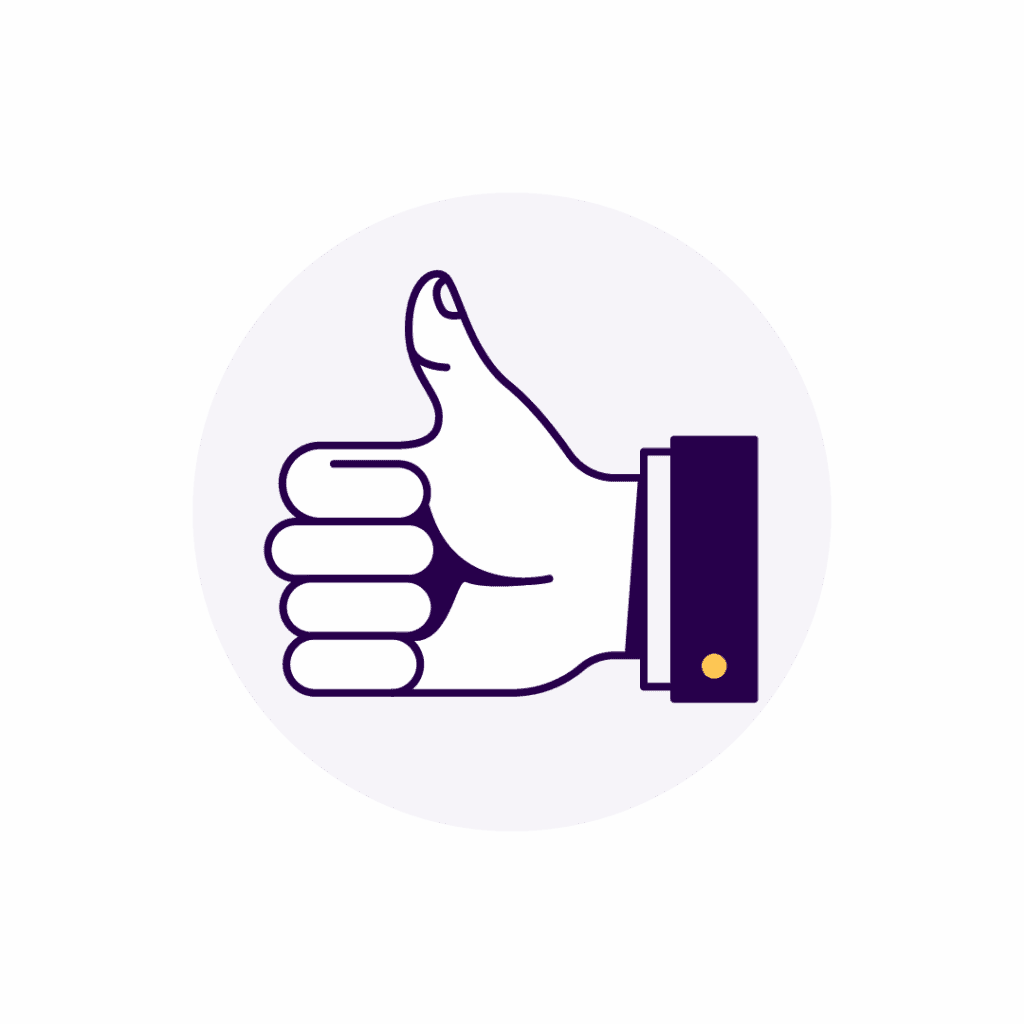
The researchers evaluated the Ignite Reading program during the 2023-24 school year, studying the effects of our targeted one-to-one virtual tutoring across 13 Massachusetts school districts with high concentrations of economically disadvantaged populations. The quasi-experimental study followed nearly 1,900 1st graders in the Ignite Reading program and compared their reading progress to that of a comparative group.
The results showed the effect size of the Ignite Reading virtual tutoring program was .21, almost on par with the effect size of .24 observed when in-person tutoring has been studied. Meanwhile other virtual tutoring programs showed an effect size of just .05.
When Amanda Neitzel, an assistant professor at Hopkins and deputy director of the center, was interviewed on the topic by the 74 Million, she shared her surprise at the success, “I was always one of those people who was so skeptical — it’s never going to work,” Neitzel said. “And then I did these studies, and I was shocked, because it did work.”
After a year of Ignite Reading virtual tutoring in foundational reading skills, the study found:
- Students reading on benchmark increased 213 percent.
- Students needing intensive intervention decreased 55 percent.
- Students across all demographics — including students with IEPs, multilingual learners, and Black and Hispanic students — achieved similar results.
Here’s what Neitzel and her colleagues had to say in their official study publication:
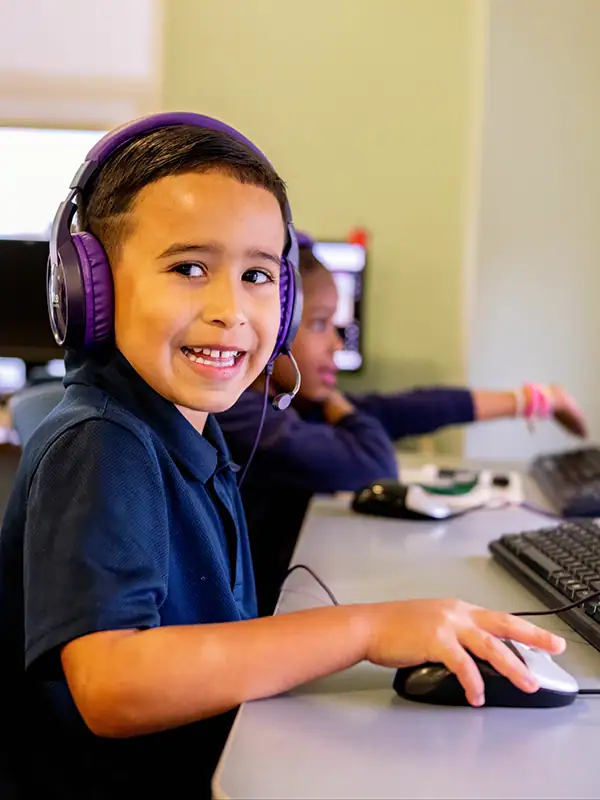
Johns Hopkins Findings
“The study concludes that Ignite Reading offers a scalable solution to improving early literacy outcomes in diverse educational settings, with significant implications for addressing equity and literacy gaps.”
— An Evaluation of Ignite Reading Virtual Literacy Tutoring in Massachusetts
by the Center for Research and Reform at Johns Hopkins University
Other Positive High-Dosage Tutoring Impacts
Positive impacts on math and reading growth aren’t the only benefits, according to researchers.
- High-dosage tutoring has been found to improve student attendance by as much as 7 percent.
- By providing high-dose tutoring during the school day, researchers have found schools are able to improve student equity, removing barriers that would otherwise prevent many of the students who could benefit most from receiving the targeted instruction.
Content updated September 24, 2025
